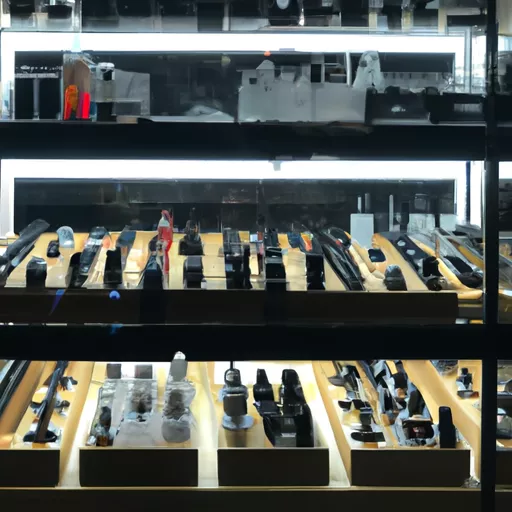Vape market Philippines

My name is Amanda and I am from the Philippines. I have been a vaper for over three years now and I have noticed the rise in popularity of the vape market in my country. Vaping, also known as electronic cigarettes, has become a trend in the Philippines. It has captured the interest of many smokers who are looking for an alternative to traditional cigarettes. In this article, I will be discussing the vaping market in the Philippines, its growth and impact on the country, as well as sharing my personal experience as a vaper.
First and foremost, let’s define what vaping is. Vaping is the act of inhaling and exhaling the vapor produced by an electronic cigarette or similar device. These devices typically contain a heating element, a rechargeable battery, and a cartridge or tank that holds the e-liquid. This e-liquid is usually made up of nicotine, flavorings, and other chemicals. Vaping is seen as a safer alternative to smoking because it does not involve burning tobacco, which produces harmful chemicals like tar and carbon monoxide.
Now, let’s take a closer look at the vape market in the Philippines. According to a report by Euromonitor, the Philippines is one of the fastest-growing markets for vaping in Asia. In fact, the Philippine vaping market was estimated to be worth $184 million in 2019. This growth can be attributed to a number of factors such as the rising health concerns on smoking, the increasing prices of traditional cigarettes, and the influence of social media on the younger generation.
One of the main reasons why vaping has become so popular in the Philippines is its accessibility. Vaping products are readily available in most local vape shops, convenience stores, and even online. The rise of e-commerce platforms has made it easier for vapers to purchase devices and e-liquids. In fact, there are now several online vape stores in the Philippines, such as Vape market Philippines, that offer a wide range of products at competitive prices. This availability and convenience have contributed to the growth of the vaping market in the country.
Moreover, the cost of vaping in the Philippines is relatively cheaper compared to smoking. The increasing prices of traditional cigarettes due to taxes and regulations have led many smokers to switch to vaping as a more affordable option. In fact, a report by the World Health Organization (WHO) states that the average cost of a pack of cigarettes in the Philippines is around 2 USD, while a bottle of e-liquid can last up to two weeks and costs only 5 USD. This price difference is a major factor in the shift towards vaping in the country.
Aside from its availability and affordability, the rise of social media has played a significant role in the popularity of vaping in the Philippines. Many vapers share their vaping experiences and knowledge online, which has created a community and a sense of camaraderie among vapers. Social media has also been a platform for influencers and celebrities to promote vaping, making it more appealing to the younger generation. This trend has caused concern among health officials who fear that it may lead to an increase in youth vaping in the country.
On the other hand, there have been debates and controversies surrounding the regulations and policies on vaping in the Philippines. In 2016, the Department of Health (DOH) and the Food and Drug Administration (FDA) banned the sale and importation of e-cigarettes and other vaping products. However, in 2019, the ban was lifted after a court ruling declared it illegal. Currently, there are no specific regulations on vaping in the country, but there are ongoing discussions to regulate the industry.
From a personal perspective, vaping has greatly improved my smoking habits. I used to be a heavy smoker, but after switching to vaping, I have noticed significant changes in my health and lifestyle. I no longer have a persistent cough or difficulty in breathing. I also have more energy and can now participate in physical activities without easily getting exhausted. Vaping has not only improved my overall well-being, but it has also saved me from spending a considerable amount of money on traditional cigarettes.
In conclusion, the rise of the vape market in the Philippines has significantly impacted the smoking habits and choices of many Filipinos. Vaping has become a popular alternative to traditional cigarettes, and it has seen considerable growth in the country due to its availability, affordability, and influence of social media. However, there are still concerns and debates regarding its regulations and impact on the younger generation. As a vaper myself, I am hopeful that the industry will continue to grow and innovate, providing safer and healthier options for smokers.